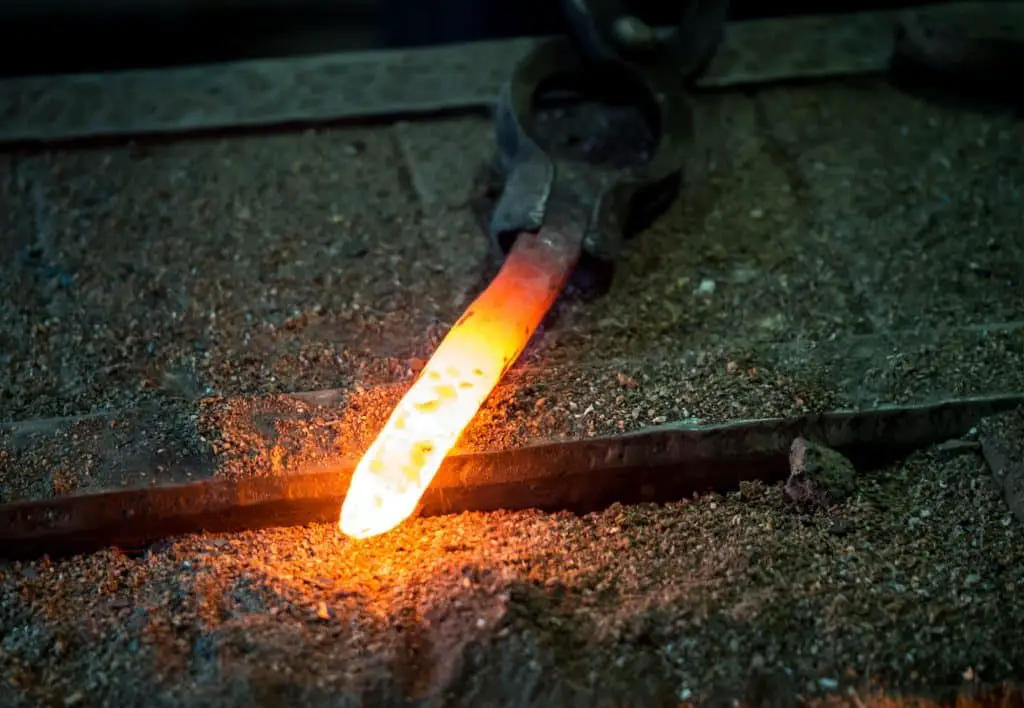The blacksmith – one of the most frequented building at the start of every age.To the obvious description of the blacksmith; a unique building allows a player to research technologies relating to the armor, attack and range of military units at different points in the game.To understand what units benefit from what blacksmith upgrades, attention has to be given to the units military class. The seven basic military classes are infantry, cavalry, archers, cavalry archers, siege, monks and navy.Technologies affecting siege and monks are not found in the blacksmith but in the university and monastery respectively.The blacksmith has 15 technologies, five of which become available per age starting in the Feudal Age.First and foremost is Forging, a technology available in Feudal Age which increases Infantry and Cavalry attack by 1. Once researched and in Castle Age, Iron Casting is available, adding an additional 1 attack to Infantry and Cavalry. Similarly, in the Imperial Age, Blast Furnace becomes available, which is unique as it adds 2 attack to Infantry and Cavalry.Also found in the Blacksmith is the archer/cavalry archer attack technologies. Fletching increases the attack and range of archers, cavalry archers, and arrow-based navy by 1. In Castle Age, Bodkin Arrow gives an additional 1 attack and range to archers, cavalry archers and arrow-based navy. Bracer is available in the Imperial Age and increases the attack and range of archers again of archers, cavalry archers and arrow-based navy by 1. The use of these technologies for defence should not be under-appreciated either, as it also gives an additional attack and range to towers, castles, and krespost’s, and gives an additional attack and line of sight to town-centers by 1. For this reason, players will often research these technologies even if they do not make any archer, cavalry archer, or arrow-based navy in a single game.To understand armor, attention has to be given to the attack of the different unit classes affected by the blacksmith. These are divided to melee and pierce. Melee includes Infantry and Cavalry, whereas pierce focuses on anything that attacks with arrows (generally speaking). Every unit in the game has melee armor (often just noted as “armor”) and pierce armor. A unit with high melee armor but low pierce armor (such as the men at arm) may be better off at fighting other melee units, but be susceptible to archers. Researching technologies which upgrade the armor of units increases the longetivity of sustaining attacks.For Infantry, Scale Mail Armor is available in Feudal Age, which increases armor and pierce armor by 1. Chain Mail Armor is available in Castle Age, and again increases Infantry armor and pierce armor by 1. Plate Mail Armor is available in the Imperial Age and increases Infantry armor by 1 and pierce armor by 2.Cavalry are affected by Scale Barding Armor, Chain Barding Armor and Plate Barding Armor, which increases armor in the same way for Cavalry as the Infantry armor upgrades do.Archers and Cavalry Archers armor is increased by researching Padded Archer Armor, Leather Archer Armor and Ring Archer Armor, each of which affects Archers and Cavalry Archers in the same fashion that Cavalry and Infantry armor does.
What blacksmith technology should I prioritize?
Are you making melee or range? If you are making melee, such as Infantry or Cavalry, always prioritize armor before attack. By doing this, melee units are more likely to survive closing the distance between themselves and the enemy, whether it is under archer fire or even when raiding. For range units, always prioritize attack upgrades, as this benefits the range of the unit, resulting in more damage to units before they reach you when fighting against melee, or even killing off archers faster in a range-vs-range battle.The reason for this comes down to playing to the strengths of the unit. Crossbows for example, are high damage per second, but squishy units. For this reason, players might need to build two archery ranges and mass crossbows, rather than one stable for scouts or knight play. A knight, however, is a tanky unit as it has fairly high health points (HP) and base armor.The exception to this rule is when making skirmishers, as these units are in the archer class but are used to counter other archers, and therefore their pierce armor is more important to ensuring a redundancy of archers attacking them.


